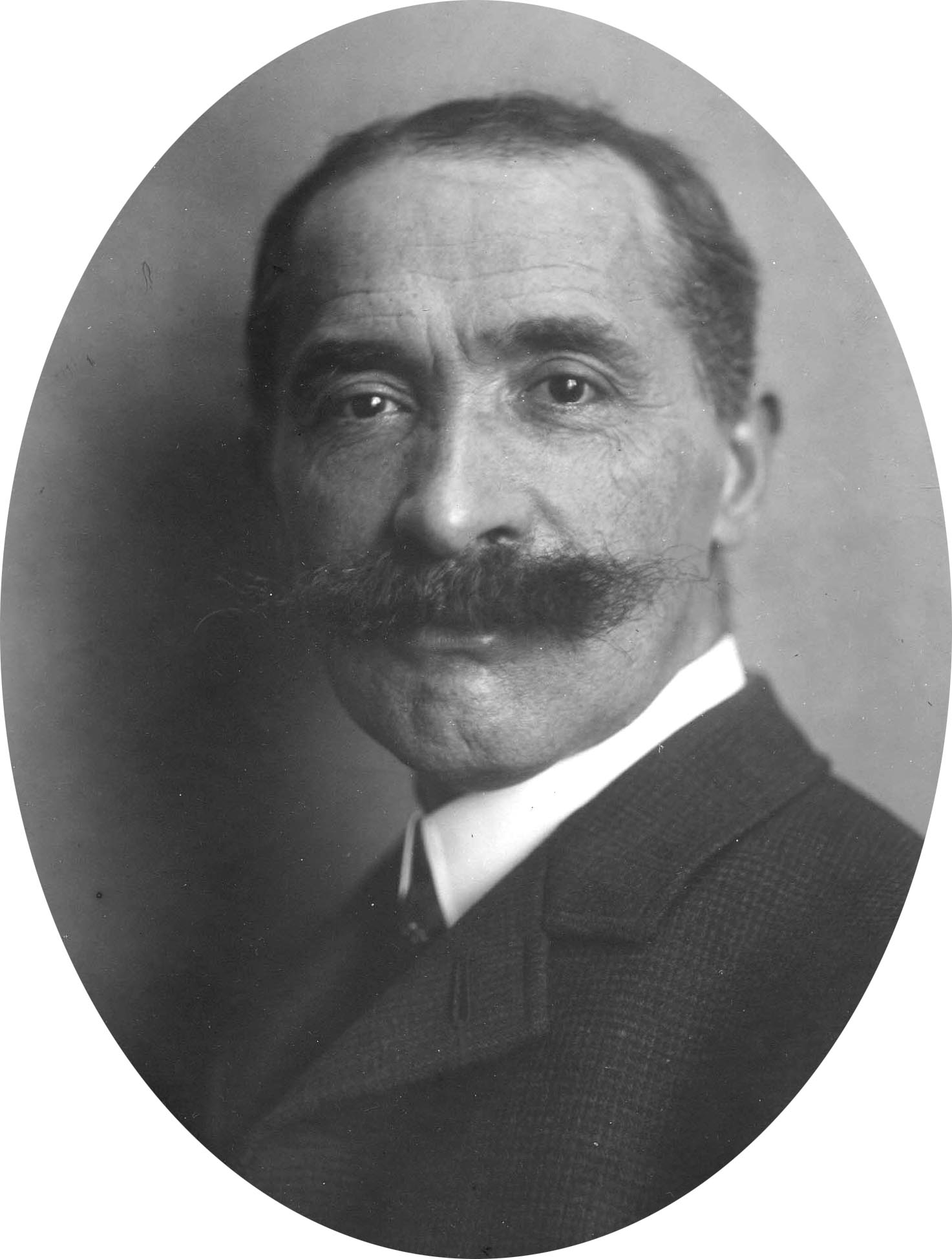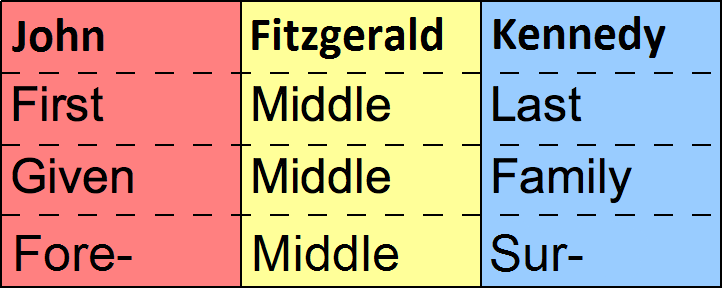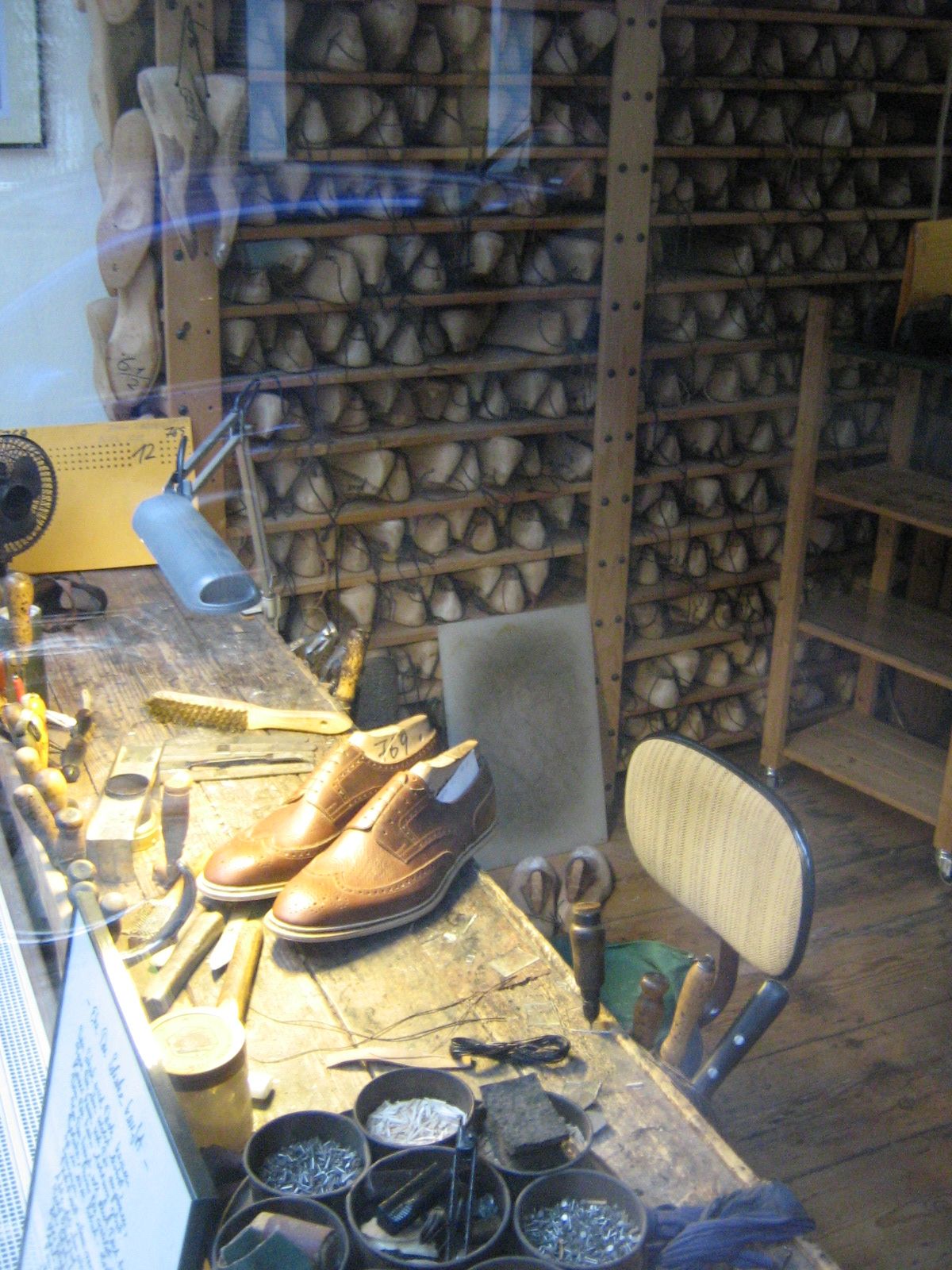|
Cordonnier
Cordonnier is a French-language occupational surname literally meaning "Shoemaking, shoemaker" (or, less accurately, "Cobbling, cobbler"). From Old Fr. cordouanier (cordonnier), a cordwainer, a worker in Cuir de Cordoue ("Cordovan leather"), literally meaning "leather from Córdoba, Andalusia, Córdoba" The surname may refer to: *Alphonse-Amédée Cordonnier (1848–1930), French sculptor *Antoine Cordonnier (1892–1918), French fighter pilot *Eugène Cordonnier (1892–1967), French gymnast *Julien Cordonnier (born 1980), French footballer *Louis Marie Cordonnier (1854–1940), French architect *Victor Cordonnier (1858–1936), French Army general See also *Mount Cordonnier References {{surname, Cordonnier French-language surnames Occupational surnames ... [...More Info...] [...Related Items...] OR: [Wikipedia] [Google] [Baidu] |
Louis Marie Cordonnier
Louis Marie Cordonnier (July 7, 1854, Haubourdin, Nord (French department), Nord – 1940) was a French architecture, French architect, born in Haubourdin and associated principally with Lille and the French Flanders region. He was influenced by Eugène Viollet-le-Duc, Viollet le Duc. Biography Son of the architect Jean-Baptiste Cordonnier (1820–1902), Cordonnier studied at the École nationale supérieure des Beaux-Arts, Ecole des Beaux-Arts in Paris. He returned to Lille for his first major commission, the 1881 town hall of Loos, Nord, Loos. His chosen style was a strongly regional Renaissance Revival architecture, Flemish Renaissance Revival in brick, with a characteristic Bell tower, belfry tower. Further civic commissions in the area culminated in Cordonnier's best known work, the Peace Palace in The Hague, seat of the International Court of Justice. There his neo-Flemish entry won a Architectural design competition, design competition against far more modern compe ... [...More Info...] [...Related Items...] OR: [Wikipedia] [Google] [Baidu] |
Julien Cordonnier
Julien Cordonnier (born June 27, 1980 in Chartres) is a retired French professional football player. Later career After retiring from football at the end of 2013 due to injuries, Cordonnier was appointed sporting director of US Orléans at the end of January 2013. He was fired at the end of 2016 due to the teams poor results. At the end of February 2018, Cordonnier was hired as a scout at AS Saint-Étienne. On 5 March 2020, he got a new position as a sporting director of the club. On 7 May 2021, Cordonnier returned to his former club, LB Châteauroux La Berrichonne de Châteauroux (), commonly referred to as La Berrichonne or simply Châteauroux, is a Football in France, French association football club based in Châteauroux. The football team is a part of a sports club that consists of seve ..., as a chief-scout. [...More Info...] [...Related Items...] OR: [Wikipedia] [Google] [Baidu] |
Mount Cordonnier
Mount Cordonnier is located north of Mount Joffre in Height of the Rockies Provincial Park and straddles the Continental Divide marking the Alberta-British Columbia border. It was named in 1918 after General Victor Louis Emilien Cordonnier. See also * List of mountains in the Canadian Rockies A list of highest mountains and peaks in the Canadian Rockies over is shown below. Sources for the elevation, prominence and first ascent can be found in their respective pages and/or Wikidata Wikidata is a collaboratively edited multiling ... * List of peaks on the Alberta–British Columbia border References ;Notes Three-thousanders of Alberta Three-thousanders of British Columbia Continental Ranges Kootenay Land District {{AlbertaRockies-geo-stub ... [...More Info...] [...Related Items...] OR: [Wikipedia] [Google] [Baidu] |
Alphonse-Amédée Cordonnier
Alphonse-Amédée Cordonnier (1848–1930) was a French sculptor. Born in La Madeleine, Nord, Cordonnier was educated in nearby Lille, then in Paris, then in Rome, on a scholarship funded by the foundation of Jean-Baptiste Wicar. Cordonnier won the Prix de Rome for sculpture in 1877. Combined with his realistic style, many of Coronnier's themes are progressive and socially minded, for example his ''Les Miséreux'' (the Destitute), ''Les Pauvres gens'' (the Poor), and ''L'inoculation et la fermentation'' (Inoculation and Fermentation), all to be seen at the Palais des Beaux-Arts de Lille. Work * ''Printemps'' (Spring), 1883 * ''Maternity'', now in the ''Place Adolphe-Chérioux'', 15th arrondissement of Paris, 1899 * allegorical facade figures of ''Education'' and ''Vigilance'' for the Hôtel de Ville, Tours, circa 1900, for architect Victor Laloux * allegorical figure of ''Sculpture'' (1900), facade of the Grand Palais, Paris * ''The Sower'', now at La Piscine Museum, Roub ... [...More Info...] [...Related Items...] OR: [Wikipedia] [Google] [Baidu] |
Victor Cordonnier
Victor Louis Émilien Cordonnier (23 March 1858, Surgy, France – 1936) served France during World War I as a general and was called "''one of France's finest generals''" by Geoffrey Blainey.Geoffrey Blainey, ''The Causes of War'', (Simon and Schuster, 1988), 38. Biography Earlier career After finishing his training at the military academy of St. Cyr in 1879, he was assigned as a sub-lieutenant in the infantry. He graduated from the École de Guerre eight years later. He alternated between staff and regimental service, serving in Algeria and the Alps. In 1905, he was chosen to be an instructor at École de Guerre, after serving as director of studies and commander of the cadet battalion at St. Cyr. During this time he wrote ''Les Japonais des Mandchourie'' (''The Japanese in Manchuria''), which soon became known as an important critical work on the Russo-Japanese war and was translated into several languages (English translation: Part I, 1912; Part II, 1914). In 1910, he was pro ... [...More Info...] [...Related Items...] OR: [Wikipedia] [Google] [Baidu] |
Antoine Cordonnier
Sous lieutenant Antoine Cordonnier (17 January 1892 – 28 July 1918) was a French flying ace during World War I. He was credited with five aerial victories. Early life Antoine Cordonnier was born on 17 January 1892 in Roubaix, France.''Over the Front'', p. 135. World War I Cordonnier was mobilized for military duty in the early days of World War I, on 21 August 1914. He served initially as a combat engineer in the 3eme Regiment de Genie. However, on 29 February 1916, he began pilot's training. On 8 August 1916, he was awarded Military Pilot's Certificate number 4190. He underwent advanced training at Dijon, Avord, and Châteauroux before being posted to Escadrille 57, a Nieuport squadron, on 18 February 1917. He scored his first aerial victory on 16 April 1917, destroying an enemy observation balloon to become a balloon buster. He was promoted to sergeant on 25 May 1917, and to adjutant on 1 October 1917. On 2 January 1918, he was commissioned a sous lieutenant. Shortly there ... [...More Info...] [...Related Items...] OR: [Wikipedia] [Google] [Baidu] |
Occupational Surname
In many societies, a surname, family name, or last name is the mostly hereditary portion of one's personal name that indicates one's family. It is typically combined with a given name to form the full name of a person, although several given names and surnames are possible in the full name. In modern times most surnames are hereditary, although in most countries a person has a right to name change, change their name. Depending on culture, the surname may be placed either at the start of a person's name, or at the end. The number of surnames given to an individual also varies: in most cases it is just one, but in Portuguese-speaking countries and many Spanish-speaking countries, two surnames (one inherited from the mother and another from the father) are used for legal purposes. Depending on culture, not all members of a family unit are required to have identical surnames. In some countries, surnames are modified depending on gender and family membership status of a person. C ... [...More Info...] [...Related Items...] OR: [Wikipedia] [Google] [Baidu] |
Shoemaking
Shoemaking is the process of making footwear. Originally, shoes were made one at a time by hand, often by groups of shoemakers, or '' cordwainers'' (sometimes misidentified as cobblers, who repair shoes rather than make them). In the 18th century, dozens or even hundreds of masters, journeymen, and apprentices (both men and women) would work together in a shop, dividing the work into individual tasks. A customer could come into a shop, be individually measured, and return to pick up their new shoes in as little as a day. Everyone needed shoes, and the median price for a pair was about one day’s wages for an average journeyman. The shoemaking trade flourished in the eighteenth and early nineteenth centuries but began to be affected by industrialization in the later nineteenth century. Traditional handicraft shoemaking has now been largely superseded in volume of shoes produced by industrial mass production of footwear, but not necessarily in quality, attention to detail, or ... [...More Info...] [...Related Items...] OR: [Wikipedia] [Google] [Baidu] |
Cobbling
Shoemaking is the process of making footwear. Originally, shoes were made one at a time by hand, often by groups of shoemakers, or ''cordwainers'' (sometimes misidentified as cobblers, who repair shoes rather than make them). In the 18th century, dozens or even hundreds of masters, journeymen, and apprentices (both men and women) would work together in a shop, dividing the work into individual tasks. A customer could come into a shop, be individually measured, and return to pick up their new shoes in as little as a day. Everyone needed shoes, and the median price for a pair was about one day’s wages for an average journeyman. The shoemaking trade flourished in the eighteenth and early nineteenth centuries but began to be affected by industrialization in the later nineteenth century. Traditional handicraft shoemaking has now been largely superseded in volume of shoes produced by industrial mass production of footwear, but not necessarily in quality, attention to detail, or cr ... [...More Info...] [...Related Items...] OR: [Wikipedia] [Google] [Baidu] |
Cordwainer
A cordwainer () is a shoemaker who makes new shoes from new leather. The cordwainer's trade can be contrasted with the cobbler's trade, according to a tradition in Britain that restricted cobblers to repairing shoes. This usage distinction is not universally observed, as the word ''cobbler'' is widely used for tradespersons who make or repair shoes. The Oxford English Dictionary says that the word ''cordwainer'' is archaic, "still used in the names of guilds, for example, ''the Cordwainers' Company''"; but its definition of ''cobbler'' mentions only mending, reflecting the older distinction. Play 14 of the Chester Mystery Plays was presented by the guild of ''corvisors'', known to mean shoemakers.Shell cordovan">cordovan, the leather historically produced in Moorish Córdoba, Spain in the Middle Ages, as well as, more narrowly, a shoemaker. The earliest attestation in English is a reference to "Randolf se cordewan[ere]", ''ca.'' 1100. According to the ''OED'', the term is no ... [...More Info...] [...Related Items...] OR: [Wikipedia] [Google] [Baidu] |
Cuir De Cordoue
Leather wallpaper is a type of wallpaper used in various styles for wall covering. It is often referred to as wrought leather. It is often gilded, painted and decorated. Leather was used to cover and decorate sections of walls in the houses of the rich, and some public buildings. Leather is pliable and could be decorated in various ways. Cuir de Cordoue, or cordwain or cordovan (meaning: "from Córdoba"), sometimes called gold leather (from Dutch "goudleer"), refers to painted and gilded (and often embossed) leather hangings, manufactured in panels and assembled for covering walls as an alternative to tapestry. These terms are mostly used for historical and antique materials. History Cuir de Cordoue originated from North Africa and was introduced to Spain as early as the ninth century. In Spain such embossed leather hangings were known as ''guadamecí'', from the Libyan town of Ghadames, while ''cordobanes'' (" cordovan") signified soft goat leather. In 1316, a Cuir de Cordo ... [...More Info...] [...Related Items...] OR: [Wikipedia] [Google] [Baidu] |





